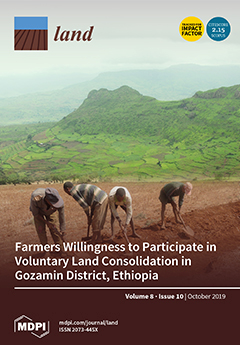Resource information
Increasing population and rural to urban migration are accelerating urbanization globally, permanently transforming natural systems over large extents. Modelling landscape change over large regions, however, presents particular challenges due to local-scale variations in social and environmental factors that drive land change. We simulated urban development across the South Atlantic States (SAS), a region experiencing rapid population growth and urbanization, using FUTURES—an open source land change model that uses demand for development, local development suitability factors, and a stochastic patch growing algorithm for projecting alternative futures of urban form and landscape change. New advances to the FUTURES modelling framework allow for high resolution projections over large spatial extents by leveraging parallel computing. We simulated the adoption of different urban growth strategies that encourage settlement densification in the SAS as alternatives to the region’s increasing sprawl. Evaluation of projected patterns indicate a 15% increase in urban lands by 2050 given a status quo development scenario compared to a 14.8% increase for the Infill strategy. Status quo development resulted in a 3.72% loss of total forests, 2.97% loss of highly suitable agricultural land, and 3.69% loss of ecologically significant lands. An alternative Infill scenario resulted in similar losses of total forest (3.62%) and ecologically significant lands (3.63%) yet consumed less agricultural lands (1.23% loss). Moreover, infill development patterns differed qualitatively from the status quo and resulted in less fragmentation of the landscape.


